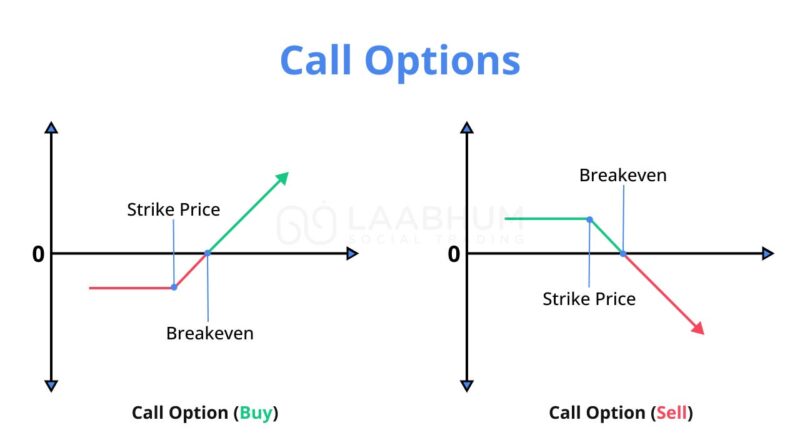Call Options Example: Leveraging Call Options for Maximum Gains
Call options are financial contracts that provide the buyer the right, without the obligation to, buy securities. This is done at a predetermined price before the expiry of the contract. Once the buyer decides to exercise the option, the seller must sell the asset. Forward and future contracts and options are a part of the derivative market.
Here we will look at how call options can be used to generate maximum gains.
Understanding Call Options
Think of options as a bet between two investors. While one hopes that the price of the asset will rise, the other hopes that it will fall.
- The asset can be any type of security like stocks, bonds, commodities, etc.
- The option contract provides a choice to an investor whether or not to buy the asset at a specific price by a certain date known as the expiry date.
- The price at which the option is to be bought is called the strike price.
- The strike price and the expiry date are picked by the options buyer from specific dates and prices provided and they are set by the contract seller
- A buyer pays a premium to the seller to purchase the call option and is essentially the price that a buyer pays to the seller to exercise the option
- If during the option’s expiration, the underlying asset is trading below the strike price, the buyer loses the premium paid.
- The loss of the premium is the maximum loss the buyer can incur.
Call Options Examples
Here’s a look at some call option example to better illustrate the usage of call options
- Let us suppose Company A is trading at ₹1100 at expiry
- The strike price for the option contract, having 100 shares is ₹1000, costing ₹10 per share.
- The profit in such a case the profit would be ₹1100 – (₹1000 + ₹10) = ₹90.
- For one options contract, the buyer’s profit would be equal to ₹9000 (₹90 x 100 shares)
- If the buyer purchases two options contracts, their profit would be ₹18,000, i.e. ₹90×200 shares
- In another case, Company A is trading below ₹1000 at expiration
- Here, the buyer won’t exercise the option to buy the shares
- As a result, the option expires worthless.
- The buyer loses the premium they paid to the options seller
How Do Call Options Work?
Among the many derivative contracts like the forward and future contract, call options also fall under the same category. Call options provide a buyer with the right without the obligation to purchase a certain number of shares. This is done at a predetermined price picked by the buyer and set by the seller and is known as the “strike price” of the option.
If and when the stock’s price rises above this strike price, the option buyer/holder can exercise their option. This enables them to buy the stocks at the strike price and sell them at the higher market price, thus generating profits. Options also come with an expiry date.
This is why call options need to be exercised before they expire else the buyer will lose the premium they paid to the options seller. If not exercised because the market price does not rise above the strike price, then also the options expire worthless.
Conclusion
Call options are financial derivative contracts providing the buyer with the right without the obligation to buy a security like bonds, stocks, commodities etc. These assets are bought at a predetermined price within a specific period. These securities are called the underlying assets of the options.

